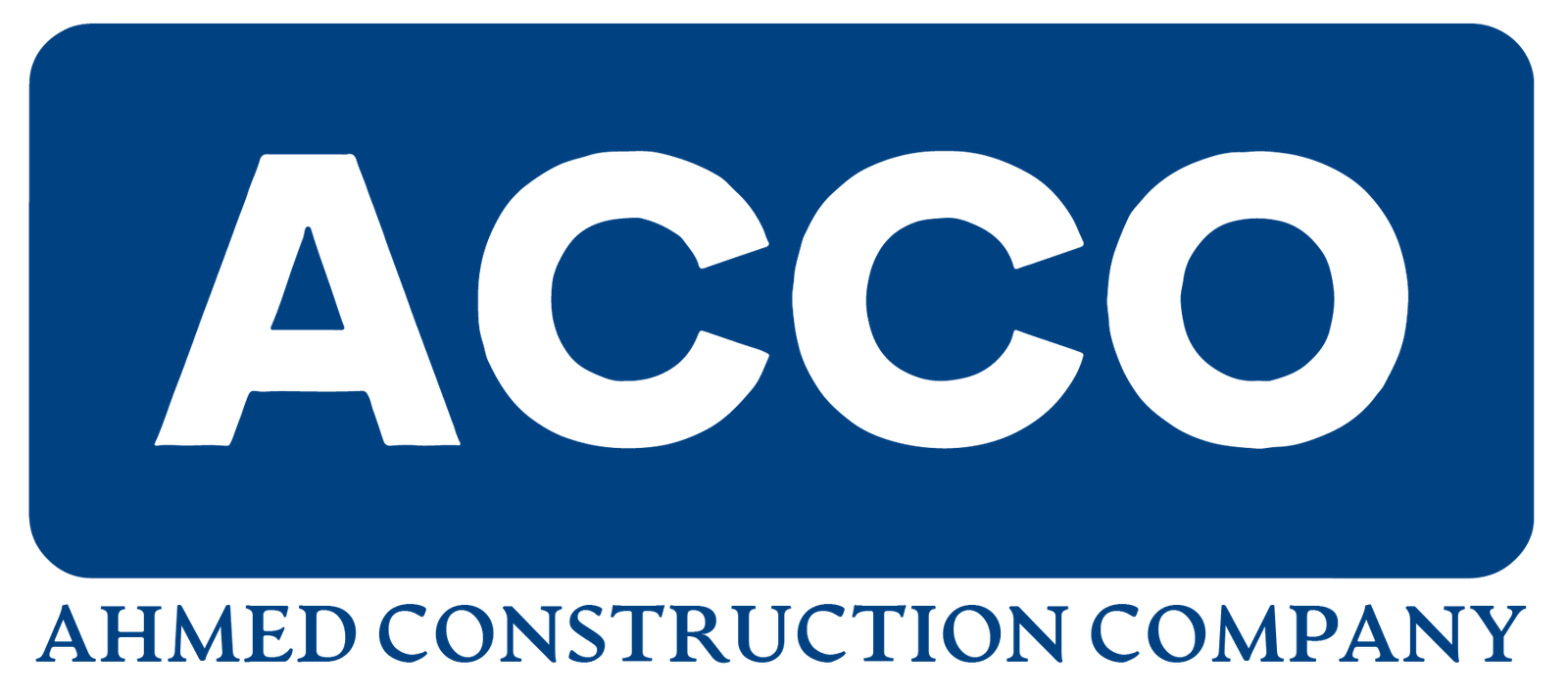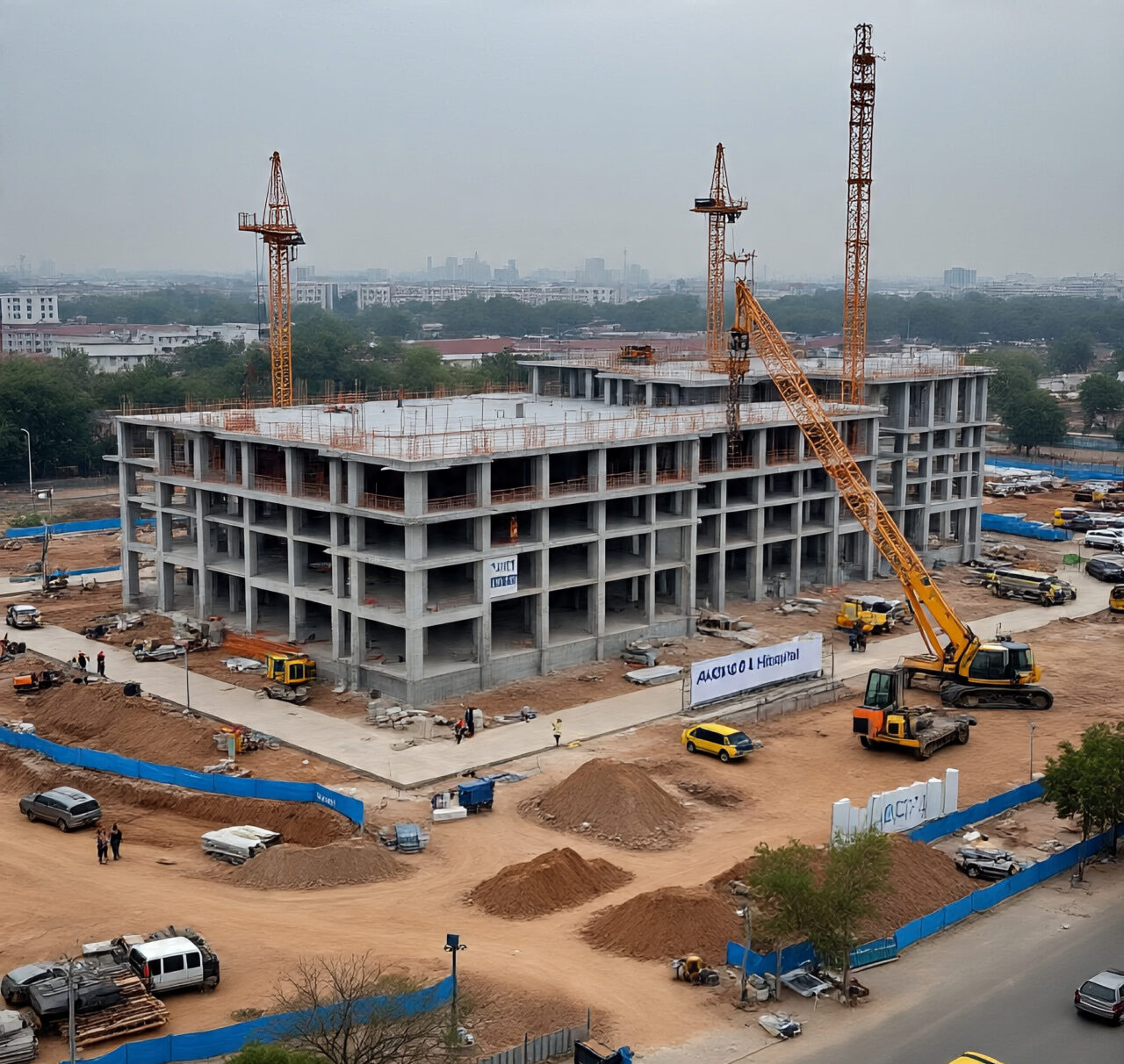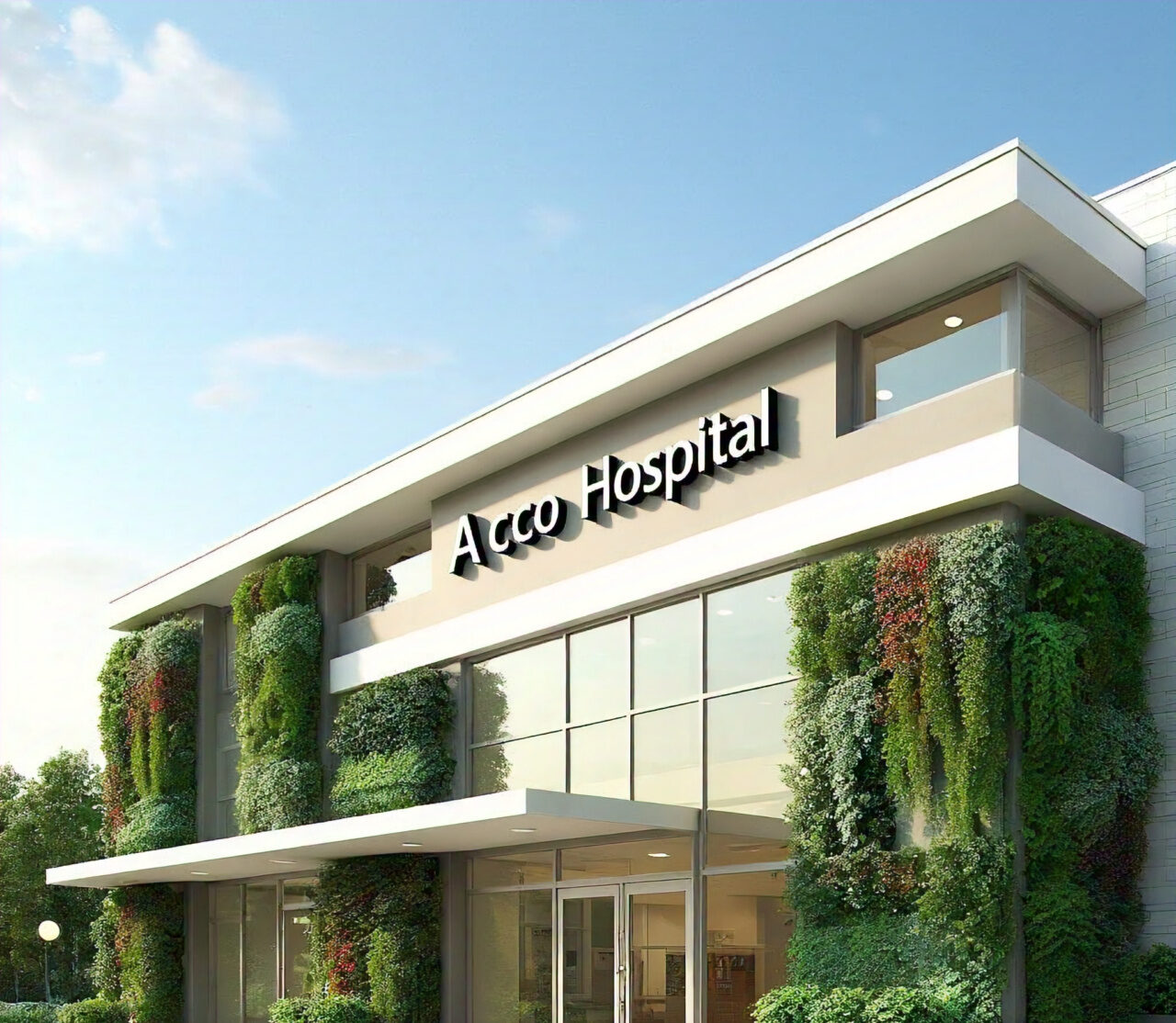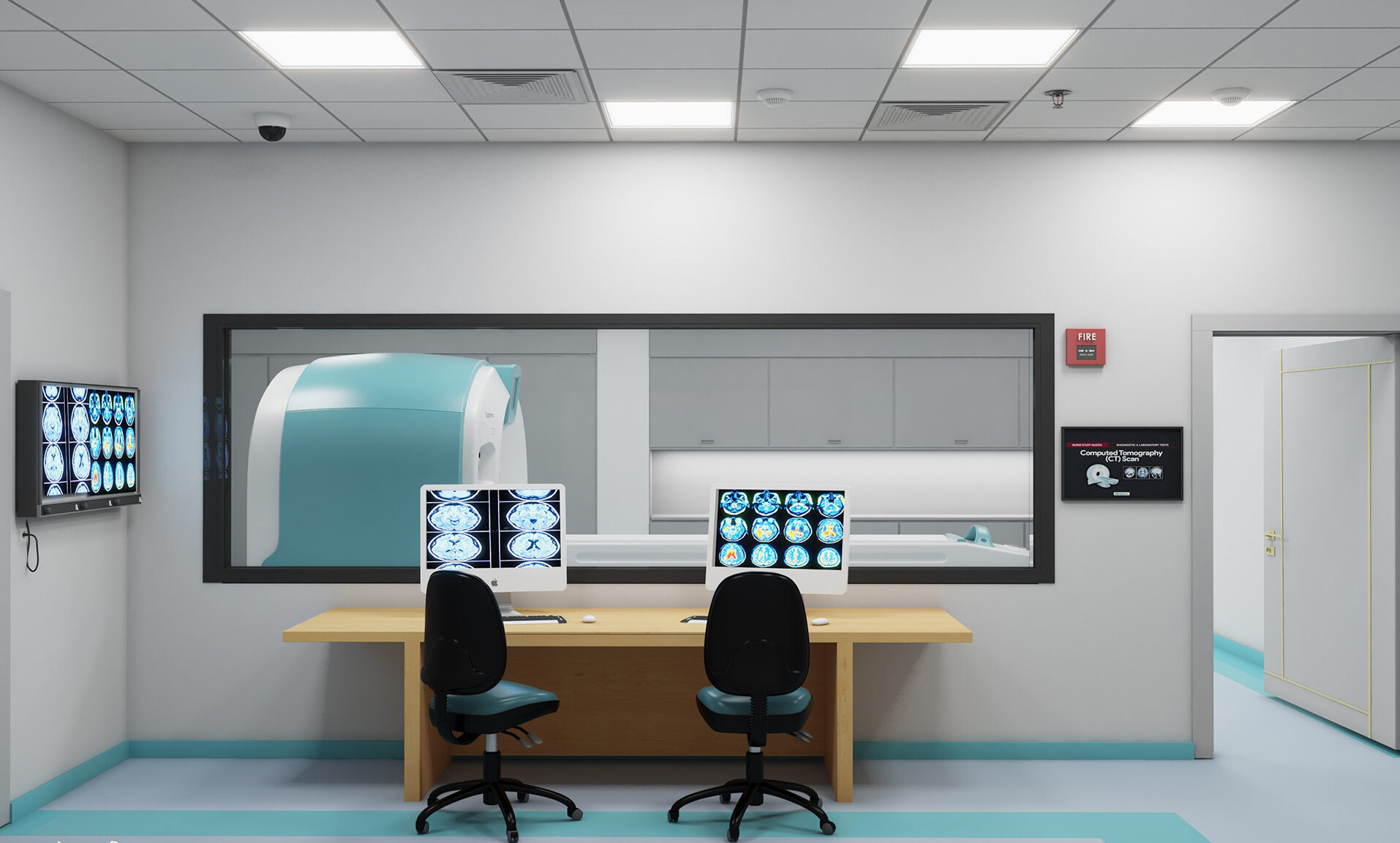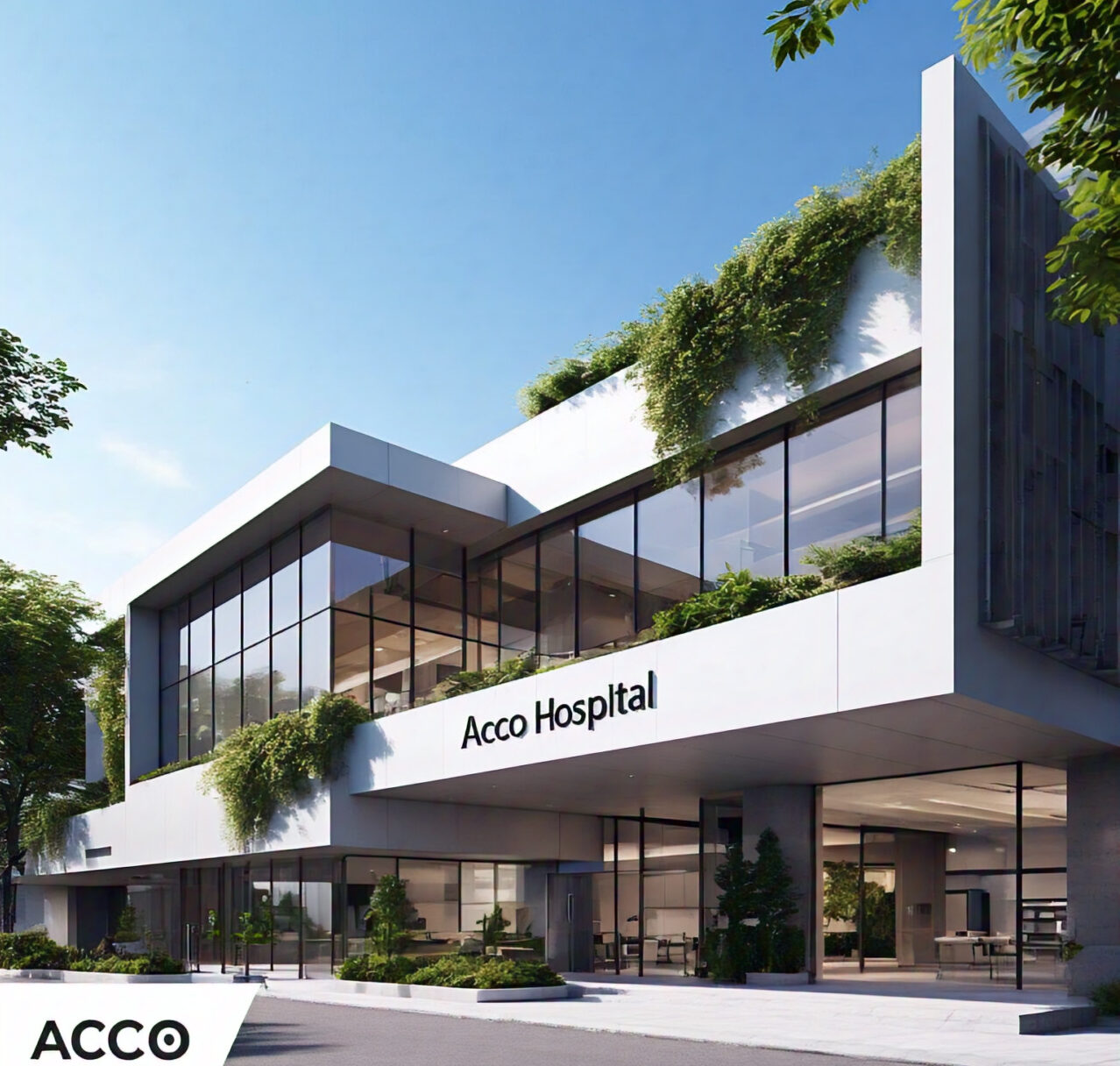
Innovative Design and Build Solutions for High-Rise Buildings – ACCO
Comprehensive Outline: Innovative Design and Build Solutions for High-Rise Buildings – ACCO
| Main Topic | Subtopics |
|---|---|
| 1. Introduction to High-Rise Building Design and Construction | – Overview of high-rise building development – Historical evolution of skyscrapers and tall buildings – Importance of innovative design in modern high-rise buildings |
| 2. Role of ACCO in High-Rise Construction | – Introduction to ACCO (Associated Construction Company) – Expertise of ACCO in high-rise building projects – Notable projects and case studies by ACCO |
| 3. Challenges in High-Rise Building Design | – Structural challenges (wind, seismic, gravity) – Space constraints and urban density – Environmental and sustainability considerations |
| 4. Technological Advancements in High-Rise Building Design | – Use of Building Information Modeling (BIM) – Prefabrication and modular construction – Digital twins and smart building technologies |
| 5. Architectural Innovations in High-Rise Buildings | – Unique facades and aesthetic considerations – Maximizing natural light and air circulation – Mixed-use building designs |
| 6. Structural Engineering Solutions for High-Rise Buildings | – Advanced foundation systems – Reinforced concrete, steel, and composite structures – Load-bearing and lateral resistance systems |
| 7. Sustainable Design and Eco-Friendly High-Rise Solutions | – Green building certifications (LEED, WELL) – Energy-efficient HVAC systems – Water conservation and waste management in high-rise buildings |
| 8. Innovations in High-Rise Building Materials | – Use of high-strength materials (glass, concrete, steel) – Lightweight materials for upper floors – Fire-resistant and soundproofing technologies |
| 9. High-Rise Building Safety and Security Solutions | – Fire safety systems and compliance – Earthquake-resistant design – Evacuation strategies and vertical transportation innovations (elevators and escalators) |
| 10. Vertical Transportation in High-Rise Buildings | – Elevator technologies for super-tall buildings – High-speed, energy-efficient elevators – Smart transportation systems (AI and IoT integration) |
| 11. Smart Building Technology in High-Rise Developments | – Integration of IoT (Internet of Things) – Automated building management systems (BMS) – Energy monitoring and optimization technologies |
| 12. Modular Construction and Prefabrication Techniques | – Off-site construction methods for faster project delivery – Cost-effective and eco-friendly solutions – Reducing construction waste and environmental impact |
| 13. The Future of High-Rise Building Design and Construction | – Trends in super-tall buildings – Use of AI and robotics in construction – High-rise buildings in developing urban landscapes |
| 14. Case Studies of Innovative High-Rise Projects by ACCO | – Iconic ACCO high-rise projects around the world – Innovative solutions implemented in ACCO’s projects – Lessons learned from ACCO’s design and build processes |
| 15. Conclusion: Pioneering the Future of High-Rise Construction | – Summary of key innovations in design and construction – The role of ACCO in shaping the future of urban landscapes – Looking ahead: the next frontier in high-rise construction |
Long-Form Article: Innovative Design and Build Solutions for High-Rise Buildings – ACCO
1. Introduction to High-Rise Building Design and Construction
The construction of high-rise buildings, often called skyscrapers, has long been a hallmark of urban development. These towering structures, often exceeding 40 stories, have evolved significantly over the last century, reflecting advancements in technology, architecture, and engineering. High-rise buildings not only define city skylines but also respond to growing urban populations and space constraints. As cities become denser, the need for innovative design and efficient construction practices becomes paramount.
Historically, high-rise construction was limited by materials, engineering capabilities, and safety concerns. Early skyscrapers like the Home Insurance Building in Chicago, built in 1885, utilized steel-frame construction, a revolutionary concept at the time. Since then, the industry has progressed to incorporate sophisticated building materials, advanced structural systems, and cutting-edge technologies. Modern high-rise structures are marvels of innovation, blending functionality, sustainability, and aesthetic appeal.
In the current era, the push for sustainable and eco-friendly construction practices has further reshaped high-rise development. Modern design places a strong emphasis on energy efficiency, resource conservation, and minimizing environmental impact, which are now critical factors in planning and executing tall buildings.
2. Role of ACCO in High-Rise Construction
ACCO (Associated Construction Company) has established itself as a leader in the field of high-rise construction. With decades of experience, ACCO specializes in delivering innovative and sustainable design solutions for skyscrapers and other large-scale developments. The company’s expertise extends across diverse construction sectors, including commercial, residential, and mixed-use high-rises.
ACCO’s commitment to innovation is reflected in its approach to project management, where it employs cutting-edge technologies like Building Information Modeling (BIM), prefabrication, and modular construction. These technologies enhance efficiency and ensure the highest levels of accuracy during the design and construction process. Over the years, ACCO has been involved in several landmark high-rise projects that demonstrate its ability to tackle the unique challenges posed by tall buildings.
Some notable projects spearheaded by ACCO include XYZ Tower and Metro Skyscraper, both of which showcase advanced structural designs, eco-friendly construction methods, and sustainable materials. These projects highlight ACCO’s leadership in the high-rise construction sector and its ability to implement innovative solutions that meet the demands of modern urban environments.
3. Challenges in High-Rise Building Design
Designing and constructing high-rise buildings comes with its own set of challenges. These challenges encompass a range of structural, environmental, and logistical considerations, requiring sophisticated solutions to ensure the building’s safety, functionality, and aesthetic quality.
Structural Challenges: High-rise buildings must be designed to withstand extreme forces such as wind loads, earthquakes, and gravitational pressures. Engineers must develop robust structural systems that can resist these forces while maintaining the integrity of the building. In addition, the design must incorporate load-bearing elements and lateral resistance systems to prevent sway and deformation.
Space Constraints: High-rise buildings are typically located in densely populated urban areas where land is scarce and expensive. This necessitates creative solutions to maximize usable space within the building footprint while also meeting zoning and regulatory requirements.
Sustainability: As the focus on eco-friendly design grows, high-rise buildings must be constructed in a way that minimizes their environmental impact. This includes incorporating energy-efficient technologies, reducing water consumption, and using sustainable building materials. The challenge is to balance these sustainability goals with the technical demands of constructing a tall, complex structure.
4. Technological Advancements in High-Rise Building Design
Technological innovation plays a crucial role in the modern design and construction of high-rise buildings. Several advancements have transformed the industry, leading to more efficient, sustainable, and intelligent structures.
Building Information Modeling (BIM): BIM has revolutionized the design and construction process by allowing architects, engineers, and contractors to collaborate in a 3D virtual environment. BIM enables detailed visualization, precise planning, and real-time updates, reducing errors and facilitating smoother project execution.
Prefabrication and Modular Construction: These techniques involve the assembly of building components off-site, which are then transported and installed on-site. Prefabrication significantly reduces construction time, minimizes material waste, and lowers labor costs. It also improves quality control, as components are manufactured in controlled environments.
Digital Twins and Smart Building Technologies: Digital twin technology allows for the creation of a digital replica of a building, enabling real-time monitoring and predictive maintenance. Smart building technologies, such as IoT sensors and automated building management systems (BMS), optimize energy usage, improve security, and enhance occupant comfort.
These technological advancements not only streamline the construction process but also contribute to the overall sustainability and longevity of high-rise buildings.
5. Architectural Innovations in High-Rise Buildings
High-rise architecture has evolved to prioritize not only functionality and safety but also aesthetic innovation. As cities compete for iconic skylines, architectural design plays a crucial role in defining a building’s identity.
Unique Facades: Architects are experimenting with new materials and techniques to create visually striking facades that enhance the building’s aesthetic appeal. Glass curtain walls, for example, are popular for their sleek, modern look and ability to maximize natural light.
Natural Light and Air Circulation: Innovative design solutions focus on maximizing the use of natural light and enhancing air circulation throughout the building. This not only improves the energy efficiency of the building but also creates a healthier and more comfortable environment for occupants.
Mixed-Use Designs: Many modern high-rise buildings are designed as mixed-use developments, incorporating residential, commercial, and recreational spaces within a single structure. This trend not only maximizes land use but also creates vibrant, self-sustaining communities within urban areas.

